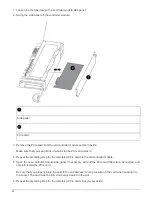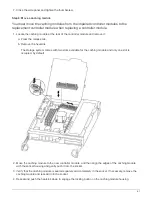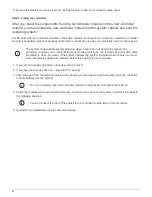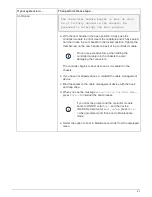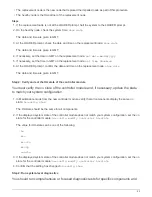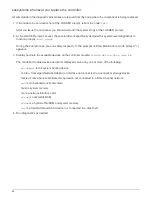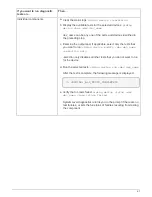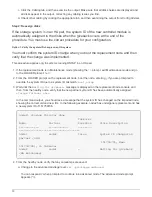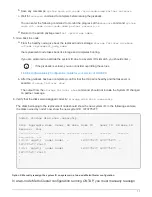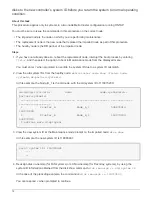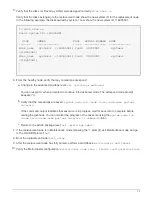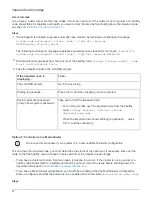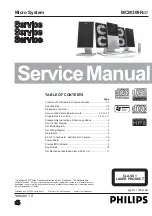
5. Verify that the disks (or FlexArray LUNs) were assigned correctly:
disk show -a
Verify that the disks belonging to the
replacement
node show the new system ID for the
replacement
node.
In the following example, the disks owned by system-1 now show the new system ID, 118065481:
*> disk show -a
Local System ID: 118065481
DISK OWNER POOL SERIAL NUMBER HOME
------- ------------- ----- ------------- -------------
disk_name system-1 (118065481) Pool0 J8Y0TDZC system-1
(118065481)
disk_name system-1 (118065481) Pool0 J8Y09DXC system-1
(118065481)
.
.
.
6. From the healthy node, verify that any coredumps are saved:
a. Change to the advanced privilege level:
set -privilege advanced
You can respond
Y
when prompted to continue into advanced mode. The advanced mode prompt
appears (*>).
b. Verify that the coredumps are saved:
system node run -node
local-node-name
partner
savecore
If the command output indicates that savecore is in progress, wait for savecore to complete before
issuing the giveback. You can monitor the progress of the savecore using the
system node run
-node
local-node-name
partner savecore -s command
.</info>.
c. Return to the admin privilege level:
set -privilege admin
7. If the
replacement
node is in Maintenance mode (showing the *> prompt), exit Maintenance mode and go
to the LOADER prompt:
halt
8. Boot the
replacement
node:
boot_ontap
9. After the
replacement
node has fully booted, perform a switchback:
metrocluster switchback
10. Verify the MetroCluster configuration:
metrocluster node show - fields configuration-state
73


